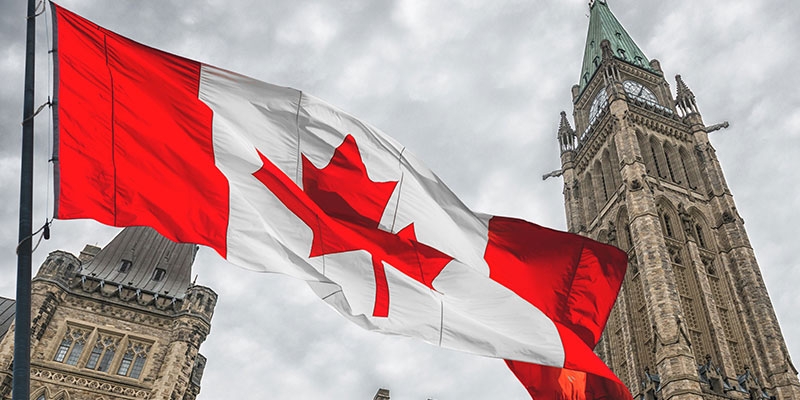Canada's Regulatory Overburden

Canada is struggling with declining economic prosperity. At the same time, governments across the country, and in particular the federal government have introduced significant new regulations. The trends are not unrelated. Regulations impose costs on business and serve as a deterrent to business investment in several major elements of Canada’s economy.
Canada’s regulatory load is substantial and growing: from 2009 a nadir in the count of regulations measured between 2006 to 2018 showed that the number of restrictive regulations in Canada grew from about 66,000 to 72,000 by 2018.
The last few years have seen a vast swath of new regulations at the federal level. These are regulatory initiatives that have sweeping effects on large sectors of Canada’s economy—particularly the government’s central focus on climate change—and making Canada a Net-Zero greenhouse gas (GHG) emitter by 2050.
While some regulation is certainly necessary for the orderly functioning of a modern society, too much of even good things can be bad for you, and Canada’s regulatory overburden harms all Canadians by stifling economic growth and business investment. Canada’s next government would do well to take a page from British Columbia and establish a national regulatory reform effort patterned on the BC model of reducing the absolute number of regulations.
Author:
More from this study
Subscribe to the Fraser Institute
Get the latest news from the Fraser Institute on the latest research studies, news and events.


